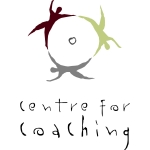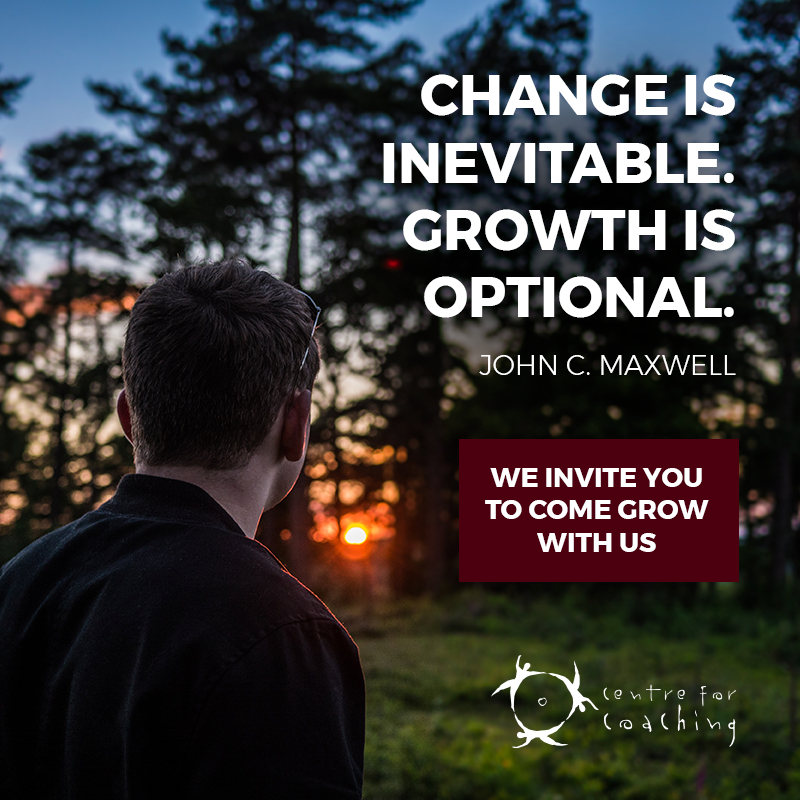Janine Everson, Director of the Centre for Coaching, explores in this fifth interview of a seven part series on The Secrets of Success in Coaching: “How can you dissolve conflict through active listening?”.
Competitive listening is often a source of conflict. In this interview, Janine explores what drives that conflit and how to identify it.
She also gives a clear outline of how to listen actively, which will build collaboration and genuine one plus one makes three situations, giving rise to richer conversations and allow us to achieve more.
You will find a full transcript of the interview below.
Daniel Schwenger:
Hello from the Dukascopy TV studio in Geneva. We are talking about the Secrets for Success in Coaching with Janine Everson from the Centre for Coaching. Welcome to the studio again!
Janine Everson:
Thank you.
Daniel Schwenger:
Can you give us an overview of what the different types of listening are?
Janine Everson:
Well, you know what? There are many different ways to listen, but I’d like to share with you what’s a continuum of listening. And perhaps the one style of listening we’re all very familiar with is something we call “competitive listening.”
And competitive listening is a little bit like where we are always – we’re not listening to each other. I’m interested in  promoting my point of view and I’m not really interested in yours. I’m thinking about my stuff even while I’m pretending to listen to yours. And you know what? I’m listening for a weak point. I’m listening for a moment; a weak point. And then, shoo! I’m going to say what I’m going to say.
promoting my point of view and I’m not really interested in yours. I’m thinking about my stuff even while I’m pretending to listen to yours. And you know what? I’m listening for a weak point. I’m listening for a moment; a weak point. And then, shoo! I’m going to say what I’m going to say.
And that’s where my attention goes. I just want to have a devastating comeback. I’m often trying to win a battle of sorts. I want to be seen and heard and I’m not really interested in you and what you’re saying.
And that, unfortunately, when you think about meetings; when you think about many times you sit around the office table. Everybody speaks, but are they really listening to each other? Is it actually a conversation? Not always.
Daniel Schwenger:
So what are rules for active listening?
Janine Everson:
Well, active listening is what we try and encourage leaders to learn how to do. It’s when you’re genuinely interested; you’re genuinely curious about understanding what that person is thinking, what they’re feeling and what they’re wanting. You want to check your understanding with them first.
 So if there are sort of three rules, number one would be interested. Number two, check your understanding with them first. Deepen the question – “Give me another example,” “Could you repeat what you said?” and things like that. Before you even still say your point of view, mirror back to them; play back to them what you heard them say. Like say, “You know, can I just check that I heard you right? Did you say this, this and this?” And then, if they say yes, then you give your point of view.
So if there are sort of three rules, number one would be interested. Number two, check your understanding with them first. Deepen the question – “Give me another example,” “Could you repeat what you said?” and things like that. Before you even still say your point of view, mirror back to them; play back to them what you heard them say. Like say, “You know, can I just check that I heard you right? Did you say this, this and this?” And then, if they say yes, then you give your point of view.
Daniel Schwenger:
So, if I understand you correctly, it is to reflect what you just heard from your point of view and make it in your own words?
Janine Everson:
And then they say, “Ah, but this word isn’t quite the same.” So quite often, people are very precise. They want their words in your mouth. Then they feel really heard.
Daniel Schwenger:
Well, I just learned that it’s about precision.
Janine Everson:
Yes.
Daniel Schwenger:
So, how to dissolve conflict between people? How can active listening help in this way?
Janine Everson:
Well, I’ve seen teams, I’ve seen organizations where one person starts listening actively; being really interested, checking their understanding, playing back to the other person. And slowly, what starts to happen is an amazing set of things. First of all, people start to say, “Okay. Hang on a second. You listen to me, so I’m going to start listening to you.” “All right. I’ll become curious.”
Another thing that happens is that I might arrive very stuck in my view. But when you listen to me, I’m going, “Okay. I’ll soften a bit. Perhaps I’ll be a little more open.”
The third thing that happens is I stop feeling so – often people arrive, when they’re stuck, in quite a negative frame of mind. Yeah, they don’t feel great. I start feeling more like I’m collaborating with you and it gives a genuine one and one makes three situation. Together, we start saying, “Oh. Actually, here’s an area of commonality.” Instead of just looking at where we are different and where we don’t agree, we start to build up on what we do agree. And suddenly, conversations become richer and amazing things start to happen. It’s really interesting. You should try it.
Daniel Schwenger:
Janine Everson from the Centre for Coaching at the University of Cape Town. Thank you very much for being here today.
Janine Everson:
Pleasure.
– END –




